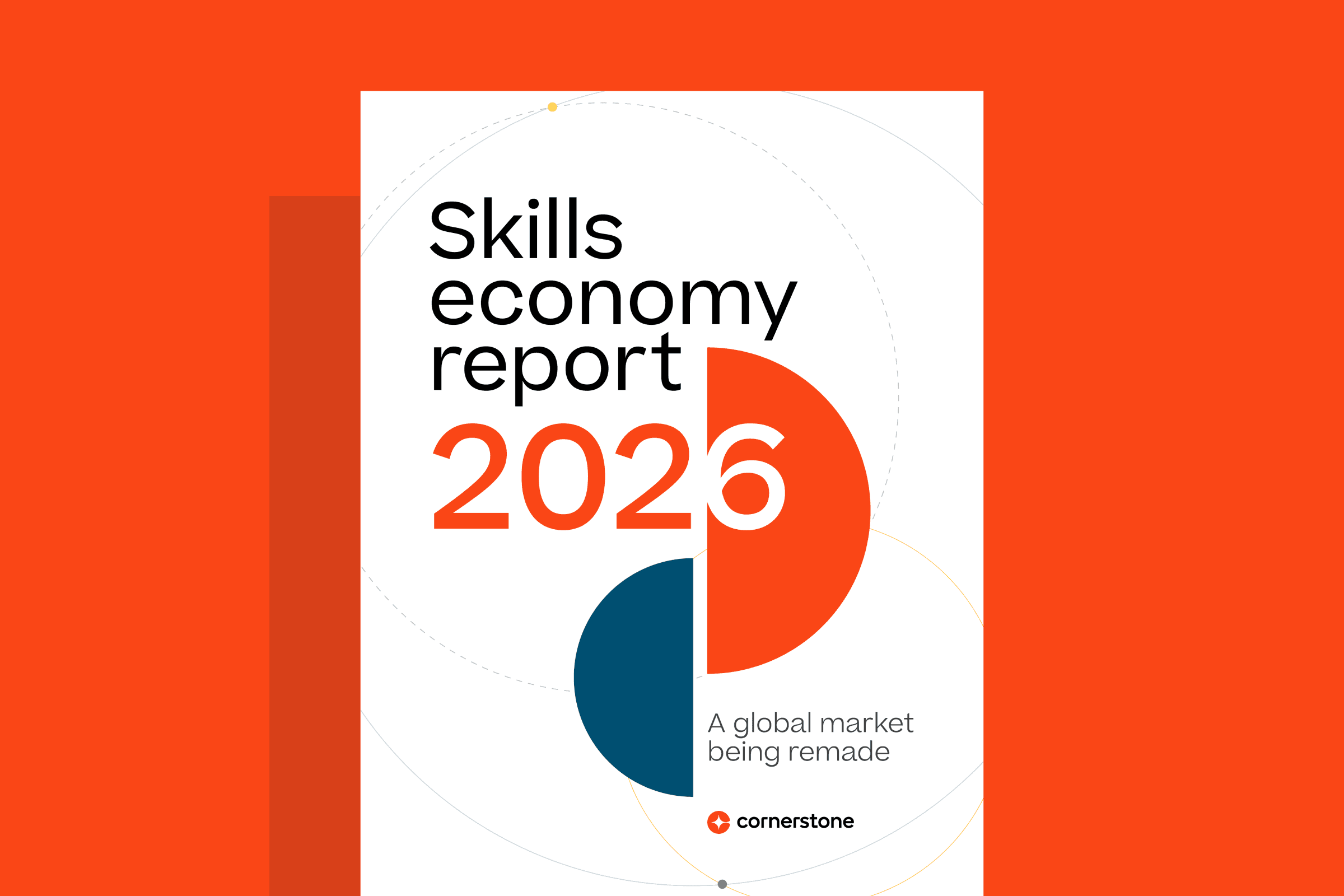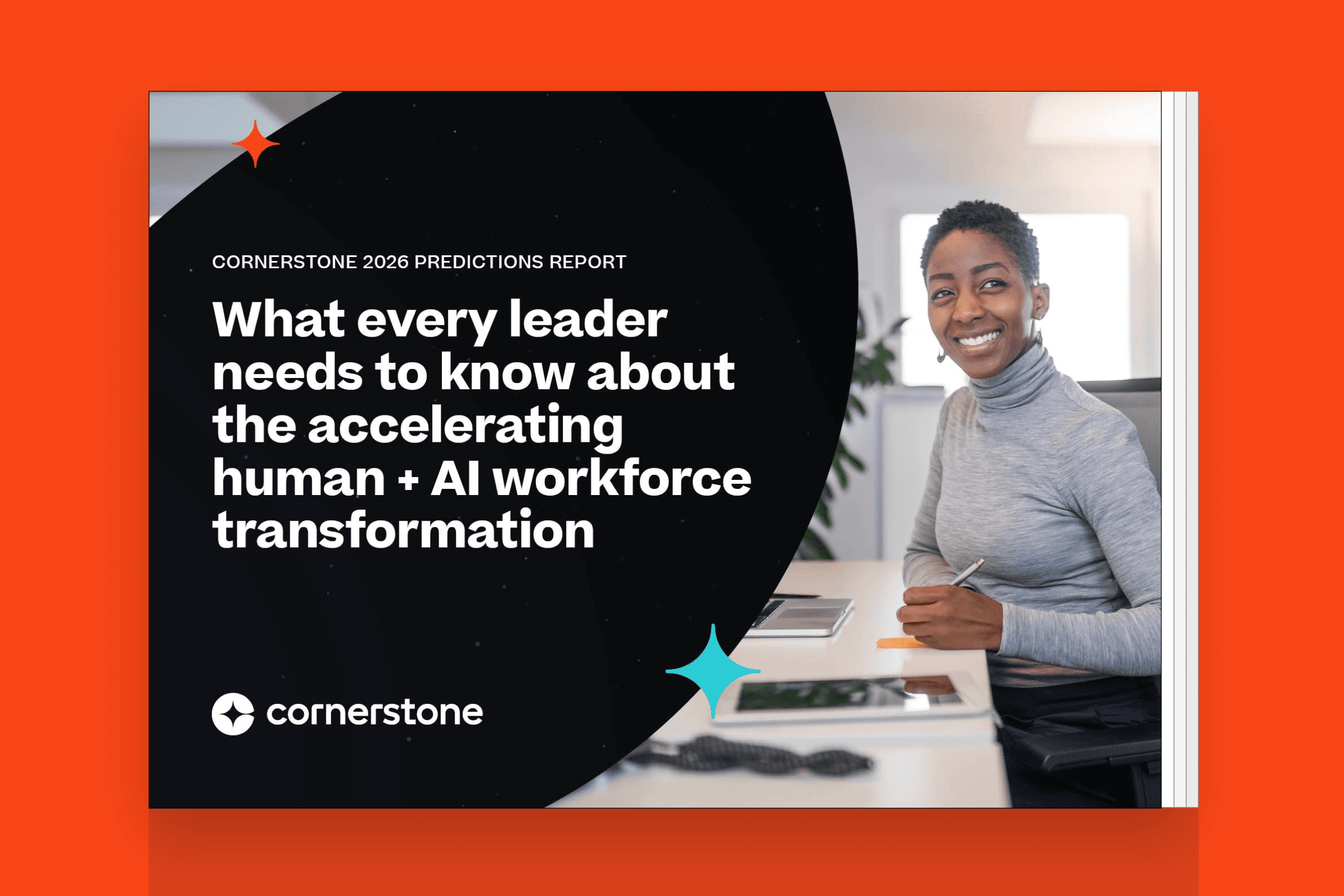In an era of mass personalization, we can only see shadows of our future and the significant shifts that lie ahead.
With computing power, alternative energy, manufacturing practices and basic business models changing right before our eyes, I wonder what the effects of this projected massive change might look like. How do emerging technologies, demographics and the pace of change impact new business models that will require ever-evolving strategies?
Taking a step back, who could have anticipated that the automobile would contribute to the creation of strip malls and supermarkets? There were likely no media executives using electronic printing presses who anticipated the concept of social media or 24x7 always-on websites. I am also constantly reminded of the extraordinary efforts for building the intercontinental railroad. As the construction teams hammered away, they never thought to look up and see the airplanes flying over their heads.
Technology sets the pace of change
If you think about the pace of change over the last 20 years, our relationship with data is a massive part of it. Flashback to 2001, it took us a billion dollars and 13 years to sequence the first human genome. Today, it costs as little as $3,000 and takes only a few days.
We at Cornerstone are keenly aware of this, and in fact — as part of the Global AI Agenda 2021 program commissioned a study from MIT Technology this year — Work in Asia’s data age. This study focused on how the steady advance of artificial intelligence (AI) and automation technologies has reshaped work and jobs for the past decade and how it has impacted Asia organizations.
It is hard to see around corners or into the future, but having an idea allows us to prepare and adapt. I invite you to take a journey with me on what the future of HR might look like and the technology that HR may employ 20 years from now.
The future of work requires we understand and embrace data
In the 2020 update to the World Economic Forum’s The Future of Jobs Report 2020, the organization suggested that by 2025, half of all tasks will be performed by machines, compared to 29% today.
People have been saying that for years, but what is fascinating about this update isn’t that machines are taking jobs, but where they’re taking them.
If the first thing we’re going to see is automation in the workplace, we must tackle data. Artificial intelligence depends wholly on clean, consistent data. One of the fallacies of humans putting data into systems is the constant variability.
We are starting to see robotic processing automation, or RPA, automate the data tasks that consume the day-to-day responsibilities of HR professionals. This automation creates incredible value for AI by making data more consistent.
West Monroe Partners’ human resources department uses a bot named “Rosie,” borrowed from the classic American sitcom The Jetsons, to enter new employee data into their systems. And now what once took an HR representative about 25 minutes takes Rosie only five.
From there, I firmly believe technology will impact everything in HR, from compensation to recruiting.
Blockchain will empower candidates to control their personal information in the hiring process (think trading a token for access to resumes, portfolios and more). We at Cornerstone participate in the Velocity Network Foundation with that very goal in mind.
HR support services will be rapidly automated through voice navigation, and trust me; it will feel totally natural. We’ll be asking Siri or Alexa to crunch some numbers or have them proactively nudge us to read an article that will inform an upcoming meeting.
At Cornerstone, we look at new and unique modalities for people to train, from integrating the learning experience platform into VR glasses to hosting hologram-led courses.
Learning in the flow of work
The idea that as an employee, I’m learning in the moment will become predominant in multiple ways:
- I’ll learn something new right then and there
- I’ll consume it right in the flow of work
- I’ll use it immediately
Like how on-the-fly translations in global meetings work now, learning on the job could look like this: An airplane mechanic is working on an engine, and they’ve never seen a specific part before. Their heads-up display then automatically presents the information on that part. Or a salesperson, in the middle of a conversation, is notified of a new legislative change that pertains to that customer.
Working in an augmented reality
We’ll also see augmented reality actually become a reality in the workplace soon. Through technology, we can create an ideal holistic learning environment where we’re always learning, and it will become a natural part of how we work. Moreover, the learning experience will be enhanced when our trusty robot assistants proactively look at our behavior and recommend an action.
Look, there’s far more data than we can ever consume. The beauty of machines is that they can translate that data and tell us what we may need before we even know we need it.
So the machines are taking/saving our HR jobs
Actually, I don’t believe that tech replaces jobs. New technologies don’t eliminate entire occupations; they affect portions of jobs.
For HR practitioners, we now see robots performing specialized roles within recruiting, scanning social media and using hundreds or thousands of data points to identify the right person. Machines can also help with identifying diversity and culture fits in the recruiting process.
A study done by Oxford calculated the susceptibility of occupations to automation. They indicated that the HR administrative jobs had a 90% chance of being automated by 2035.
For instance, HR spends a lot of time putting data into the system. Remember that bot called “Rosie”? Well, she is an example of RPA inputting the data for employees. And what about responding to HR processes, like “Hey Siri, where can I find this benefit in my HR system?” A bot will answer that for you. Compensation? I’m sure a bot is figuring out how to automate that right now (and hopefully eliminate the pay gap while it’s at it!)
However, that same Oxford study noted that HR professionals who are directors and officers are far more likely to be untouched by automation if they are involved in strategy and leverage valuable soft skills.
So, why do I think that tech doesn’t replace jobs? I believe automation provides us with an opportunity to elevate our roles and explore entirely new career paths that don’t exist today.
The World Economic Forum’s The Future of Jobs Report 2020 claims that while technology may displace 75 million jobs, 133 million additional new roles may emerge concurrently. The skills we have today will not be the skills we need tomorrow, and we might have several careers throughout our lives. How exciting is that?!
Work to understand and embrace data
If I could share one piece of advice for my fellow HR colleagues, it would be to understand data and embrace it. The data still requires your ability to have insight, guide it in the right direction, and use technology to act and personalize your people’s experience. With every individual craving a unique experience, we must partner with technology to solve the personalization requirements.
I’ll end with a quote I have always loved from Joanna Bloor, serial entrepreneur and CEO of Amplify Labs, which truly exemplifies how I feel about the future.


